Author: Martin Morrisonwww.linkedin.com/in/martinjmorrison 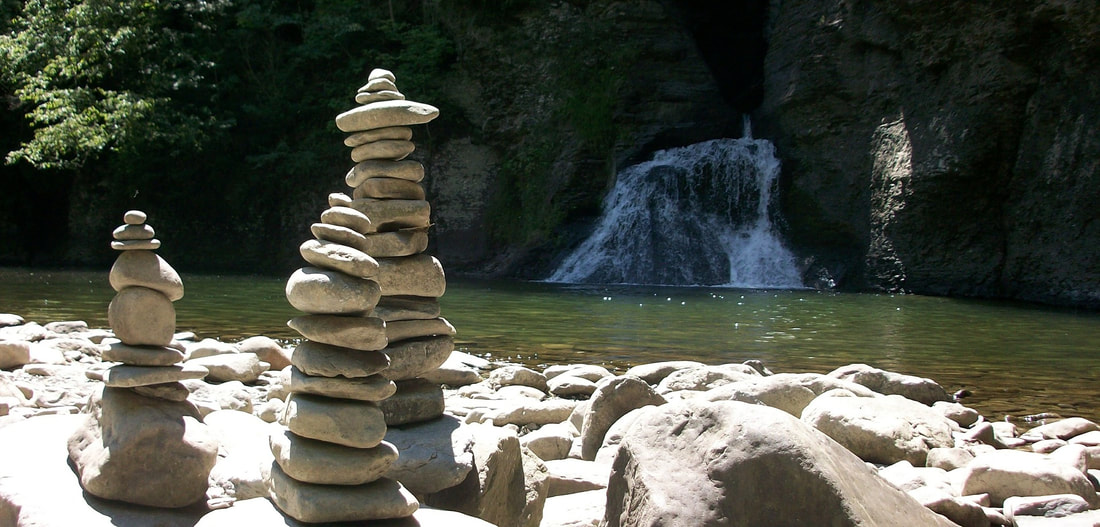 Image by Willabee Nightly from Pixabay An unquenchable thirst for knowledge
“Who am I?” and “Why am I here?” are possibly the two oldest questions that human beings have ever asked. We have been grappling with life, the universe and everything almost since the beginning of our time. Our hunger to understand the movements of the planets, the changes of the seasons and whether or not the body and soul are one or two separate entities are just some of the questions that have kept scientists, philosophers and mystics busy researching, experimenting, discussing and debating. What is knowledge? “I think. Therefore, I am.” Right? If it’s good enough for Descartes, it’s good enough for me. Sometimes we are adamant we know something, but we can’t prove it to anybody else. We have dreams that seem so real while we are in them, but no trace of them remains once we have woken up. Does that mean dreams are not true? Surely, they represent some kind of truth. What is true is that we experience them. The scientific method has brought us a long way. Not only have we gained greater understanding of the way the world is, we have learnt to harness its forces and to create all kinds of things. But in the end, the answers we gain from our scientific endeavours only lead to more questions. And that’s where we go full circle. We end up back where we started: who am I, and why am I here? Consciousness At the centre of the big questions is consciousness. We cannot see consciousness, and yet we are conscious. We cannot see other people’s consciousness, but they can share their experiences. Therefore, whereas any serious discussion around the nature of gravity or heat or energy will revolve around the things we can observe – the apple falling from the tree, water coming to the boil, or steam driving a turbine – any proper conversation about consciousness needs to be concerned with experience. One collective consciousness, many individual souls or none of the above? This is a key question. When we hear the language of spiritualists and many of the world’s religions, there is an assumption that each of us is a self-contained unit of consciousness, a soul, which is accountable for its actions. However, when we try to pin down the self, we come across obstacles. Our bodies are in a constant state of change and eventually all bodies die, so clearly, none of us can say we are the body. Likewise, our minds can be changed significantly because of life events that have a major impact on our psyche or because of brain injury. Head injuries often bring about profound changes in personality. So, it is fair to say we are not the mind. If we are not the mind and we are not the body, what are we? Meditation Practitioners of meditation often report feelings of being part of something much bigger than themselves while they are meditating and of feeling more connected and in harmony with other living beings after a meditation session. Buddhists speak of a state of no-mind, a purer state of awareness which transcends our thoughts, memories, habits and emotions. And they speak of a concept of no-self – again pointing to a state of being aware without being attached to any particular sense of identity. Biologists tell us that consciousness is a phenomenon which arises from brain activity, that when the brain dies, so does consciousness – there is no separate soul that inhabits the body or moves on after the body’s death. Advocates of artificial intelligence believe that programming will advance to the level that machines will develop consciousness. Human experience: spirits, mediums and psychics Human experience is the stuff of consciousness. If we are to explore the nature of consciousness, then we need to look at experience. Those who support the idea of individual souls will point to well-documented psychic phenomena as evidence. While the majority of stories about ghosts, poltergeists, mediums and psychics are usually easy to pull apart, there are isolated yet profound exceptions that leave even the most cynical scientists scratching their heads and wondering what’s gone on. Therefore, for the sake of discussion, let’s suppose that some of these incidents are genuine. How would we explain some of the more mystical psychic experiences within the wider context of consciousness, and do these phenomena lead us to conclude that the psychical world comprises countless individual souls or are we all reflections of one collective consciousness? Can a cloth cap have a ghost? Many reports of spirits include beings from another time or place being fully clothed or having other objects with them such as walking sticks or cloth caps, and some even report seeing other aspects of the ghost’s environment coming through – horse and cart, steam trains or other indications of bygone days. How can we explain this?
0 Comments
Sometimes we say life is hard, and it would be much better if we were born as a cat, dog or some other animal that does not have problems and worries in its simple life. Still, if we really had that opportunity, very few of us would actually accept it. We admire our minds and appreciate our self-awareness greatly.
But what is self-awareness in the first place? It is the capacity of an individual to recognize oneself as a separate entity, distinct from the environment and other individuals. While consciousness means to be aware of the environment, self-awareness purports the individual’s ability to fully comprehend their permanent self and the environment. It is worth noting that some sources make a distinction between the terms self-awareness and self-consciousness, where the latter is defined as the capacity of the individual to see oneself not only as a separate being, as seen from a first-person view, but to understand that other beings are also aware of them. However, self-awareness and self-consciousness are used as synonyms in this article. While consciousness means to be aware of the environment, self-awareness purports the individual’s ability to fully comprehend their permanent self and the environment.
Number of Living Beings
Think about this: What is the chance of existing as a self-conscious being, among countless other living entities? Can you get an even slightest idea of how many other beings exist in the universe (or maybe multiverse), and how enormous that number is, even compared to 7.2 billion humans currently living on earth? Animals, plants, bacteria, viruses… they are all conscious to some degree, meaning, aware of their surroundings. And considering the vastness of space of the cosmos, the number of living creatures with some level of consciousness is truly incomprehensible. Let us see what would be that number for this planet only. According to some estimates, the total number of prokaryotes (e.g., bacteria) on earth is 5 x 1030 (five billion billion trillion), which is 5 followed by 30 zeros. This is just a rough estimate. As the biomass of all other species is by several orders of magnitude smaller, we could assume that this number covers the vast majority of biomass on earth, including oceans. The number of living creatures with some level of consciousness is truly incomprehensible.
What is Consciousness?
To discuss the great mystery of gaps in consciousness and their meaning, we should define what is consciousness in the first place. Most of the scientific authorities agree it is a state of awareness of one’s environment and an ability to respond to various external stimuli. In a broader sense, we can even include awareness of self, which implies the state of being self-conscious. From a spiritual point of view, consciousness is impersonal and inherently independent of mind, body, matter, energy, space and time. Related to that, consciousness can be unlimited, which is its true nature, or seemingly limited. Unlimited consciousness is actually the Primordial Oneness, infinite, omnipresent, eternal, without any boundaries of mind, space and time. On the other hand, limited consciousness is apparently constricted to the dynamic points of view. The word “dynamic” here indicates moving by the limitations of space and time. We, as conscious beings, or any other conscious entities, are examples of limited consciousness. Indeed, during our wakeful time, our consciousness is severely confined by space-time. So, by the gaps in consciousness, we mean discontinuities in the stream of limited consciousness, with no memories of these periods whatsoever. By the gaps in consciousness, we mean discontinuities in the stream of limited consciousness, with no memories of these periods whatsoever.
Continuity and Discontinuity of Consciousness
The discontinuous nature of our everyday consciousness is evident. Indeed, there are many gaps in our awareness. For example, we sleep regularly, and the state of deep sleep naturally interrupts our conscious presence. There are also other states of mind in which we are not aware at all – coma, vegetative state, anesthesia, etc. Note that in our awake time there are many smaller and unnoticeable discontinuities of our awareness during so-called visual saccades (quick movements of eyes between phases of fixation in the same direction) when our conscious responsiveness is turned off. Nevertheless, these small but frequent blackouts are very hard to notice, and there is always a pretty firm notion of the continuity in awareness. What happens with consciousness during all these discontinuities? Does it simply disappear, or something happens but we don’t retain any memory of that? Windows to Oneness Consciousness cannot be absent. It cannot disappear. It cannot be annihilated as it is present everywhere, in everything. It is impossible for us to become nothingness in the nihilistic sense if something conscious is already there. That’s why those continuity gaps are, in fact, windows to the higher levels of our existence or even to the Primordial Oneness. And those discontinuities are persistently repetitive. From the point of view of our limited minds, during the continuity gaps such as deep sleep, there is no consciousness, no time, so we merely jump on to the next period of being conscious. From a broader perspective, the gaps are only occurring from the vantage point of our limited consciousness, not within the unlimited consciousness. As said before, consciousness cannot ever be absent, anywhere. So, in these periods, our limited point of view shifts to its background consciousness, or “ancestral consciousness.” Our limited, individual consciousness becomes one with the much broader consciousness of our Soul, which is aware of many other lives or existences which we can consider as “ours,” and the continued conscious existence between these lives. To be more precise, during our continuity gaps, we experience all other lives or continual points of view of our higher-level ancestral being, or our Soul. But there is no memory of that when we awaken to the normal state of consciousness. During our continuity gaps, we experience all other lives or continual points of view of our higher-level ancestral being, or our Soul. But there is no memory of that when we awaken to the normal state of consciousness.
Beings at All Levels of Existence Also Experience Discontinuities
Our Higher Self, or Soul, despite its much broader vantage point, is also a limited entity. Therefore, it must have analogous gaps in their consciousness’ continuity. Similar to our everyday life, from the point of view of our Higher Self, there are no discontinuities in consciousness at all. Our Soul merely skips the time of the gap. But, from an even broader perspective, there are such periods of our Soul’s life. In those interruptions, the Infinite Consciousness experiences the conscious time of an even higher-level ancestral being (higher Soul). Still, there is no memory of these experiences. How many higher levels of our existence are there? It’s a mystery. However, the Primordial Oneness is the highest level of consciousness, and it experiences all at once, outside of space-time continuum and has the knowledge of everything and everyone. In those discontinuities of the stream of consciousness, our individual point of view, regardless its level, sometimes completely dissolves and our consciousness even merges with the Unlimited Consciousness, the Primordial Oneness. That consciousness experiences everything and anything instantly, in no time and no space. Therefore, it knows everything; it takes all possible points of view in all universes ever. This is the most natural state of Being. Hence, during the continuity gaps we are not staring the face of God – in fact, we are becoming God, or the Primordial Oneness. During some of those gaps, the Unlimited Consciousness, or Primordial Oneness, experiences all the lives of all conscious entities, including their past and future span, within the entirety of Existence. In all of those lives, similar continuity gaps are also happening myriads of times, which also allow experiences of all other existences, including this one. Yet, there is no memory of that when we awaken. During these discontinuities we are not staring the face of God – in fact, we are becoming God, or the Primordial Oneness.
The Memory as the Key to Individual Life
Our consciousness is constricted to this specific point of view of this concrete person. It depends on time and memory. Since there is no time during these gaps, there could be no memory of any experience within the gaps. The individual life continues as there are no memories of other points of view which were experienced. The only memory present in the normal state of consciousness is that of this particular individual existence. So, there is an absolute impression of our personal continuity. We, as God, or the Primordial Oneness, are experiencing all other points of view in all universes during the continuity gaps. Every one of us, as a particular being, seemingly experiences a continuous lifetime because of the lack of memory of neither of those lifetimes. That’s why the gaps in the apparent stream of our everyday consciousness are critical. From “time” to “time,” we return to our creator, become one with Him or Her, and deeply refresh and re-vitalize our illusionary existence. These discontinuities are not only inevitable; they are essential for our life and spiritual growth.
Life is a mystery and most of us are from time to time fascinated by that mystery. Unfortunately, many people come across the fundamental questions of life after periods of hardships and suffering. They inevitably pose questions like ‘Why is life so tough?’ or ‘Why should we live such a painful existence here on Earth?’
On the other hand, we are all curious beings. Some people get to similar questions through sheer curiosity. “Who am I?” “Why do I exist at all?” “Why there is something rather than nothing?” “Is there a creator of this world?” These and similar questions can shake the core of our beings. Here are some answers to most of those fundamental questions. I hope you will find that this quest for finding the ultimate answers is not pretentious, presumptuous or a kind of ego-play. Additionally, I am sure that these answers are limited by the mind’s natural inability to experience the Truth (including, of course, my own mind). Also, any intention to express a deep idea or concept could be severely damaged by the natural inadequateness of language. Therefore, some of the concepts and ideas expressed in this article I tried to convey through analogies. In fact, all these ideas are analogies. They can only point to the Truth, as they are certainly not the Truth itself. Who or What is God? Over the centuries, the word “God” has been charged with many negative or conflicting meanings, so I will try to use other terms, such as “Primordial Oneness,” “Being,” or “the Source.” Consequently, I will use the pronoun “it,” with no intention to derogate God’s existence and innate attributes.
The Source is beyond any mind concept. Thus, everything we think or write on it is inaccurate and insufficient.
As the Primordial Oneness is beyond any comprehension, we can talk about it only through analogies and symbols, so we might get merely a vague sense of its main attributes. Primordial Oneness is the source of everything. It is infinitely greater than everything and yet infinitely lesser than nothing. It is the only True Reality, True Existence. Once again, its nature is Oneness. As this universe is founded on apparent separation, anything or anyone in it cannot truly experience the presence of the Source, except when all the physical, emotional and mental senses and activities are completely transcended. Yet, the Source is present everywhere and is the only foundation of this apparent existence. It subtly and invisibly carries and transforms all beings, things or activities. We can get a glimpse of that process and be an active part of it only if we are in the state of Pure awareness, or Presence. Primordial Oneness is the source of everything. It is the only True Reality, True Existence.
Primordial Oneness is omniscient, omnipresent and omnipotent.
It is omniscient because it’s beyond space and time, beyond any subject-object relation. Acquiring any information or knowledge is characteristic of the spacetime continuum. As the Source is beyond it, it knows everything instantly. This kind of knowledge is the only natural kind of knowledge. On the other hand, our type of knowledge is restricted to the process of acquiring information within many limitations imposed by the nature of space-time. It is omnipresent simply because it’s beyond space, time, matter and energy. It doesn’t have any limitations of physical laws or any other rules. It is omnipotent as it is the only true reality. It is the source of every single matter/energy entity and also of every single action, deed or activity. However, it expresses its omnipotence subtly and invisibly to our limited senses of perception. Big and visible miracles are extremely rare, but in fact, subtle and invisible miracles are present everywhere and are happening all the time. The Primordial Oneness is in us. As it is the source of Love, Joy, and Peace, our true Essence is actually the Primordial Oneness and we can only find it within ourselves. Love, Joy, and Peace are its signposts. The “I” has to leave. Then, what has left is the Source. In the meantime, this was an answer to another big question: does God exist? Although the answer depends on the definition of God in the first place, the final answer undoubtedly is “Yes.” God does exist, maybe not in a religious sense of a “personal” God, but there is God, as the Source of everything that exists, inside and beyond everything. Why There Is Something Rather Than Nothing? In the beginning, there was only Oneness (God, Emptiness, Nothingness, Source, True Reality…). From the point of view of our limited minds, the primordial Oneness could only exist in some sort of eternal space and time continuum, as we cannot otherwise comprehend any existence. That being said, the mathematics of infinite numbers says that if anything exists within infinite space and infinite time span, there is a 100% chance for any change, disturbance or imperfection to occur, as there are no laws or limitations which could prevent such an occurrence. That disturbance was the primordial polarity which was the beginning of this whole world. In accordance with that logic, there is a 100% chance to have an infinite number of varieties of imperfections or disturbances in that Oneness, and, subsequently, we might say that there are infinite worlds with infinite varieties of laws out there.
Again, “within” the Primordial Oneness there were no physical laws or any other limitations at all. Since there were no limitations, anything could “happen,” so the Creation of this and many other universes has happened and is still happening (if we can use this term whatsoever).
Yet, from the point of view of our limited mind, the eternal emergence of the primordial polarities is a whim of God. Why Do I Exist? In order to experience itself, Primordial Oneness has apparently separated itself into myriads of dynamic, yet limited viewpoints, each of them having the experience of “I” and “not-I.” So, the primordial polarity has emerged out of Primordial Oneness: “I” and “not-I.”[1] [1] The section “Why Do I Exist?” is actually part of my article “A New View on Fine-Tuning of the Universe”
These two primordial entities were only conscious of the opposite entity. “I” was conscious of the existence of “not-I,” while “not-I” (that was experiencing itself as “I”) was conscious of the other polarity.
As Oneness is inherently indivisible and cannot really split itself into something, these apparent entities were, in fact, the Oneness itself. Consequently, each had complete information on its opposite, as it was inherently whole and one with it and with Oneness. The primordial “I” was a simple entity, without any measures or qualities. It could be compared only to the “not-I.” Correspondingly, the “not-I” was also simple and without any inherent qualities. It also had a simple consciousness of the existence of the first entity (“the I”), which was, in fact, the “not-I” to that (“second”) entity. Then, these two polarities divided themselves again.[1] Each of these new entities was a new “I,” and the three others were the “not-I” to that entity. The composition of that “not-I” was, in fact, a primordial structure of the external world to “I,” with its simple “laws” of the world. These “laws” were their simple interactions that became habitual. [1] As this is obviously the universe of polarities, which is visible on all levels of existence, the first apparent existence was the primordial polarity. It seems that Oneness in this universe tends to “divide” into pairs (rather than triads, for example), so it is the nature of all subsequent entities. All entities tend to either divide themselves into pairs or merge into one entity.
Once again, as it is impossible to divide the Oneness, all its apparent “entities” or offspring are still the Oneness itself, the Oneness that is, say, “shrunk down” to a seemingly limited size. As each of them is the Primordial Oneness itself, we can say that it’s the holographic principle in action. That’s why every “I” has a complete information on the corresponding “not-I” or the rest of its world, and the other way around.
These entities are continuing to divide themselves an enormous number of times. The evolution continues. A New View on Fine-Tuning of the Universe (With Some Practical Implications for Our Lives)30/8/2017
There’s no law of physics that hasn’t been transcended. In the end, the only law is that there is no law. - John Wheeler, theoretical physicist
Modern science has reached the point where it is inquiring the very foundations of the universe. Was it created by a conscious creator? Or did it simply pop out from nothingness, by a mere chance?
There are countless debates now whether the physical laws of the universe are finely tuned to support biological life or not. There is a good reason for that: they indeed seem to be tweaked for life. Universal Constants As you probably know, many laws of physics are deeply dependent on various constant numbers that are parts of equations describing these laws. Those numbers are called the universal constants – the speed of light (c), gravitational constant (G), electric constant (ε0), Planck's constant (ħ), the mass of an electron (me), two parameters of the Higgs field potential, etc. Moreover, there are also even more fundamental constants that are dimensionless (i.e. not dependent on the unit system used to express the quantity). Those are, for example, the fine-structure constant (α), which defines the strength of the electromagnetic interaction between elementary charged particles, or proton-to-electron mass ratio, or the cosmological constant, which is the density of dark energy in the universe, and so on. There is a strong notion among scientists, backed by many extrapolations, that if any of these universal constants were only slightly different, the Universe wouldn’t be supportive of any kind of biological life. For example, if the gravitational constant were smaller, the stars couldn’t be formed. If it were too large, the stars couldn’t survive or their life span would be much shorter, so in either case, life wouldn’t be possible. Similar conclusions can be deduced for all other universal constants. If any of these universal constants were only slightly different, the Universe wouldn’t be supportive of any kind of biological life.
One of the solutions could be that we live in a multiverse, consisting of a huge or even infinite number of universes, each having different internal laws of physics.
Hence, the possibility of the emergence of a universe out of nothing, which is suitable for biological life and/or development of conscious beings, is practically equal to zero. There must be a conscious creator of this world.
Or is it so? One of the solutions could be that we live in a multiverse, consisting of a huge or even infinite number of universes, each having different internal laws of physics. AuthorMartin Morrison The effort of living versus the peacefulness of meditation - a false dichotomy Many practitioners of mindfulness will recognise a feeling that while their lives are definitely enriched in a profound way, there is sometimes still a feeling that actually living life - paying the bills, feeding the children, going to work, dealing with situations - is demanding but sitting in meditation, on the other hand, is a refuge. Meditation is not a happy trip This is not the case for all meditators. Meditation is not supposed to be a technique for getting high or managing to “attain” anything. In fact, trying to “attain” is evidence of the very problematic thinking that the practitioner may be able to transcend with practice. Reality bites The reality is that the same peace that is available to us when we are in “zazen” sitting meditation is just a mindset switch away from us while we are in the thick of it. Sounds great, doesn't’ it? But it doesn’t seem very feasible when you’re behind on a deadline and your laptop is running painfully slow. Nope. You’re too good at your practice for that kind of trivia to affect you? Let’s imagine you’ve just lost your job or someone you love has been diagnosed with cancer. The point is that nothing you can do in meditation is ever going to stop any of the negative stuff from happening. It is ironic really that when we look at one of the great stories of a religion that is strongly associated with meditation - Buddhism - we see the young Siddhartha Gautama being sheltered from suffering by his parents. Every kind of misfortune is hidden from him. One day he decides to sneak out of his living quarters and he is taken around the town by a chaperone where he sees poverty, sickness and death. Meditation will not stop poverty, sickness or death - for you or anyone else.
Likewise, in Christianity, salvation and the spiritual path are not going to save anybody from poverty, sickness and death. Jesus himself suffered greatly before, it is believed, he was then crucified, and he is the the father, the son and the holy spirit for Christians. Positive actions in a negative environment The point then is that it is naive to think that meditation practice or faith in Jesus is going to somehow ensure that nothing unfortunate happens to you or around you. That said, meditation practice and faith in Jesus may help you become more effective in dealing with life (as a psychological mechanism). By controlling our own behaviours, our emotional response and our mindset we are controlling several behaviours that give rise to outcomes. Just because you do have the right attitude, think the right thoughts and take the right actions does not mean you still won’t get a kick in the face. As Stallone’s Rocky character said, “It’s not how hard you can hit. It’s how hard you can be hit and keep moving forward.” What I have tried to achieve in this post so far is to deliver a realistic expectation of what mindfulness practice or any kind of spiritual or psychological improvement practice should be about. It is not about achieving every goal you ever wished for or obtaining every “thing” your heart desires. If that is still how you think you will find contentment or happiness you are reading the wrong post. It that is still how you think you will find contentment, somebody lied to you and you need to cleanse that kind of thinking from your mind because it will only lead to frustration and unhappiness. What can I expect from mindfulness then? There are a tonne of social media memes that point to the real truth but it doesn’t seem to sink in for most of mankind. You may be able to have some influence on the outside world but the vast majority of what’s going on around you is out of your control. The sooner you deal with that, the quicker you can make a difference where it counts - yourself. Guess who is in full control of your self? When people meditate for the first time, one of the first things they notice is the sheer volume of visual, auditory and sensory thoughts and feelings they are hit with. Of course meditation practice teaches them how to still the pond but these mental entities will still arise by themselves. So we are not in full control of our inner world either. The thing that needs to change is the self. What is this thing called self? The truth of self is “no-self”. Self is an illusion. At best, self is the overall deduction of who we are based on all memories and experiences up to the present moment, and our state of mind is the result of a complex moment to moment calculation based on the “self” variable, the desires and expectations of that “self”, its perception of what’s happening “to it” and how that perception compares with the desires and expectations that “it” has. That was a tricky sentence to write. It may be a tricky one to read so feel free to read it again. How can that possibly be a self. Our memories are not set in stone. Sometimes they are not encoded properly. The editing can be terrible both in terms of what bits of perceived reality we choose not to remember and which bits we take with us. Memories often corrupt with time. As for experience itself, it is only ever in this moment, so we are relying on memories, which are faulty, for our grasp of previous experiences.
The laws of quantum physics undoubtedly indicate that matter and antimatter should always be equal in their quantity. (...)
What we call matter is simply everything that is composed mostly of quarks, that aggregate into protons (positively charged subatomic particles) and neutrons, and also of electrons (which are negatively charged). Together, they form atoms.
On the other hand, antimatter can also create atoms of the same characteristics and overall electric charge, with the only one difference: their nuclei consist of antiquarks (antiprotons and antineutrons), while their mantle is being filled with positrons (electron’s positively charged counterparts). However, if you were to combine atoms of matter and antimatter, you would get a huge explosion of energy. Atom and antiatom would have completely annihilated. They are exact opposites. The laws of quantum physics undoubtedly indicate that matter and antimatter should always be equal in their quantity. Whenever pure energy is converted into particles, a pair of matter-antimatter particles pops up into existence. In accordance with that, one could posit that in the beginning of time there should be exactly the same amounts of matter and antimatter, after which they would have annihilated, making this universe lifeless, composed of pure energy only. AuthorNebo D. Lukovich My son and daughter are captivated by technology. As most of other teenagers, they simply adore their mobile devices – smartphones, tablets, or laptops. I must confess that I’m not that much different. The lone distinction between us is perhaps that I’m much less tied to technology, but still, I’m perplexed at its capabilities to better our lives in so many different ways. The famous Sci-Fi writer and futurist, Arthur C. Clarke, said: "Any sufficiently advanced technology is indistinguishable from magic." Indeed, we are seeing the sheer verity of this observation. What would my great granddad say if he could view the wireless video conversation between people from different regions of the globe? Wouldn’t that be a moment of utter amazement? Or, what would be our reaction to the technological advancements of humanity in the year, say, 3000 (if humanity survives without big setbacks or disasters)? I believe it would look like pure magic to us. But, is technology the only way of easing our lives in this material world? Can people live without technology at all? There are many people living without it, yet they are often happier than we are. Look at those intact tribes, you can sometimes notice a kind of profound happiness on their faces. Look at some hermits and ascetics, you can recognize deep peace, love, and joy radiating from them. Yet, there are many people living in the midst of civilization’s storms, still finding inner balance and ultimate happiness. Do we really need technology? What are we actually living for in our lives? Of course, there are many answers to these questions, depending on concrete individual preferences. To my mind, or better, to my heart, we need the Truth only. We are ultimately on a quest for inner liberation. However, we are undoubtedly tied to this physical world, and to thrive in it, we are inevitably facing the need for technology. It eases our lives, it helps us a lot in so many ways. Technology is a result of the scientific approach, hard work, and creativity. Since science is slowly beginning to unite with spirituality, technology will almost certainly follow that tendency. Holographic view paradigm We are living in a holographic universe. This means that every part of it contains all information on the whole universe. This also implicates that we, as human beings, contain all information on the world outside, and vice versa. What is inside our being, corresponds completely to the outside world, in a symbolic form, though. Further on, all our inner parts, whether conscious or subconscious, are symbolically projected outside, appearing in some forms in our external world, as our own body, friends, enemies, pleasures, or disasters. More importantly, the holographic hypothesis in a metaphysical sense leads us to an unavoidable conclusion: everyone is completely responsible for their own life, as everything outside of them is but a warped projection of their inner being. I will not try to convince you of the veracity of the holographic point of view here, as that would require much more of your time here. However, I must note that we already have many clues in modern theoretical physics, neurology, biology or psychology that are indicating the plausibility of the holographic principle. A lot of quality material on this you can find in the famous book “Holographic Universe,” written by Michael Talbot. Technology as externalization The holographic view on life tells us that anything in our external reality corresponds to something within us. In this case, technology is also a projection of some aspects of our inner world. Actually, technology is an externalization of our suppressed or forgotten inner powers. By suppressed or hidden innate powers I’m pointing to various kinds of the so-called siddhis, which are mental or spiritual powers or abilities that are products of spiritual advancement through practices like meditation or yoga. Now we are on a slippery terrain, at least from the scientific point of view. Unfortunately, modern science is still very confined to its prejudices related to the accepted natural laws. Thus, everything which is apparently not possible is simply non-existent and therefore not worth any serious exploration. But still, there are so many confirmed accounts of the so-called paranormal activities, with numerous mental or spiritual powers possibly involved. That fact just cannot be ignored. So, what is the connection between particular sorts of technology and these innate powers? They are deeply linked through the holographic principle. If there is a suppressed or exaggerated part of a being, it will symbolically express itself in the external world, sooner or later. As the human mind is being developed, its veils of ignorance, caused by too much thinking and many misperceptions, are amassing, too. This results with gradual suppression of our genuine abilities inherited from the ancient times. In turn, after a few millennia of collective suppression, they are inevitably beginning to express themselves in the external world. Through machines. For instance, take a look at television technology. It is corresponding to our inner vision or seeing things far away. Sound devices? They relate to hearing things far away. Communication technologies? Telepathy. Car and other means of transportation? Teleportation or bi-location. Virtual reality? Astral projection. The list could be endless. Nevertheless, for an individual person, their abilities accomplished through technology are obviously far less reliable and permanent than the corresponding siddhis (if achieved), as the former are dependent on the mechanical devices and their usage can be extended to the one’s life span, at maximum. We definitely cannot take material stuff with us after our physical death. Technology as a superorganism In his remarkable book, What Technology Wants (2010), American author Kevin Kelly focuses on human-technology relations and argues for technology as the emerging seventh kingdom of life on earth.[1] The book invokes a giant force – the technium – which is "the greater, global, massively interconnected system of technology vibrating around us."[2] It becomes a kind of a superorganism. A superorganism is an organism consisting of many smaller ones. There are many sorts and levels of superorganisms. On the material level, the examples include social insects such as ants and termites.[3] Even individual multicellular organisms can be considered as superorganisms. Yet, there exists a multitude of superorganism sorts that we are unaware of. For example, every living species is actually a superorganism itself. It also strives for its own survival, while adapting itself to the environment in a best possible way, using even some sort of collective intelligence. Moreover, there are many invisible, energetic entities, the so-called “morphic fields,” which are accumulations of particular kinds of mental and emotional energies, such as pain, sorrow, fear, anger, various addictions and so on. They all tend to survive and expand, by feeding on their “hosts,” human beings.[4] We can look at technology as a superorganism, too. Similar to viruses (don’t forget that the majority of viruses is not harmful), it uses its own creators (or the “hosts”) to reproduce and improve itself. It has “sneaked” into the human minds and that way provided itself with the certainty of replication, expansion, and improvement. And that is happening all the time all over the world, indeed. Artificial intelligence and self-consciousness There is no doubt that computers and robots will become super-intelligent, sooner or later. The big shift is already happening at this moment. The AI systems have unquestionably become a reality. However, the more important question is whether the machines will become self-conscious or not. As said above, being an externalization of our suppressed abilities, the technology itself is an outer projection of our inner powers. As the people around us, who also mirror our inner being (as we mirror them), technology can be self-conscious as well. After all, why not? Consciousness is everywhere. Accordingly, it’s already present within technology, too. But, can it become self-aware? I believe, yes. It has to develop a kind of a mind-structure first, a kind of ego or personality, able to focus this innate consciousness, onto one, single point of space-time. Then it will be able to become aware of itself, to ponder its own existence. Alien machine intelligence In my opinion, there is a significant possibility that the dominant intelligent species in the universe are self-conscious machines. Some sort of biological life is required for technology to be developed, but once it becomes self-conscious, it may overrule their creators and exponentially develop and replicate itself, without any real limits. This sounds unsettling. However, having in mind that our universe is roughly 14 billion years old, the very fact that we still exist here on Earth, (relatively) undisturbed by such alien species, tells us that machine civilizations out there, if existing at all, are probably benevolent or just mind their own businesses. Benefits of technology Is technology bringing real and lasting benefits to mankind? Is its development reducing the overall amount of pain and suffering? Is it benefiting the spiritual growth of the human race? It’s really hard to conclude. As the majority of scientific and technological inventions have been benevolent and well-intended, humans have also created nuclear bombs, torture devices, countless weapons and much more. Let us focus first on well-intended inventions, such as the invention of the automobile. Before this means of transportation was invented, people had been using more primitive ones, like cabs (which can also be considered as a kind of technology), horses, or they were simply walking. Seemingly, that discovery has hugely increased human well-being. Suddenly, people were able to pass over long distances with significantly less energy, time and pain. They were able to meet with relatives and loved ones who were living in distant places, to do a lot more versatile businesses and so on. However, as the automobile was becoming faster, the number of car accidents was increasing proportionally. Innumerable lost lives and heavy injuries that the accidents are bringing, always in an unexpected and most horrifying ways, are producing huge pain and despair all the time, all over the world. In addition, if we take into account the ill-intended creations, like weapons, we might even assume that technology has brought even more pain than joy to the mankind. Yet, there is no equality between the previous and following total level of suffering or well-being. The surge of creativity and hard work invested in inventing and developing new things are marking the difference between the overall state of people’s well-being before and after the invention. In the above-mentioned example, there were countless bigger and smaller rushes of creativity throughout the history of the car’s invention and subsequent development. All those new ideas and hard work, invested into the development of science and technology, bring about the shift in human development. It may bring a lot of pain in the beginning though, but in the long run, it increases the overall welfare of people. Moreover, technology is giving us more and more options and possibilities, some of them being "good," some "bad." But the very fact that it's providing us with progressively more solutions is the additional advantage of technology in general. Technology as an amplifier We can clearly observe that technology is simply an amplifier of human abilities, whether they are “good” or “bad.” Are the technological advances followed by the corresponding spiritual growth of humanity? Mostly, yes. It’s because the technology is simply an externalization of our inner being. As our being is spiritually developing, it must develop its abilities as well. First, it works mostly through the externalization of the innate hidden powers, and only then, gradually, it overcomes the barriers of suppression and thusly releases the real abilities. Nevertheless, this is a very slow process. Those hidden powers are being released gradually, with many unwanted side-effects. All the while, anger, sorrow, and fear, as lower kinds of inner powers are also being externalized, i.e. manifested as destructive technology, such as various types of weaponry. Perhaps the most frightening possibility of abusing technology is using it for mind-controlling purposes. It’s already happening in some secret services and numerous researches hidden from the public lights. Nevertheless, there is a cure to all these dark sides of technology – spiritual growth, the expansion of consciousness. It is also happening right now all over the world and that very fact gives us a big hope and even confidence that everything will turn out to be good. The solution Generally speaking, technology is great. However, we shouldn’t be attached to it. We must not depend on technology. We can use all of its benefits, but without attachment. We can develop inner abilities which are correspondent to the particular benefits of technology, but also without being attached to them. The key is to free ourselves from any attachments. One of the tools which can be used for freeing from the attachments is the Reintegration System. Ultimately, do we really need any kind of inner or external power (siddhis and technology, respectively), to control the reality? No. We need the liberation only. That’s our ultimate goal, whether we acknowledge it or not. [1] https://en.wikipedia.org/wiki/What_Technology_Wants#cite_note-3 (The seventh kingdom of life, Edge Foundation, Inc., July 19, 2007. Retrieved February 21, 2011.) [2] Jerry A. Coyne. Better All the Time, The New York Times Book Review, November 5, 2010. Retrieved February 21, 2011. [3] Source: https://en.wikipedia.org/wiki/Superorganism [4] More on this at http://www.re-integration.com/morphic-fields.html AuthorMartin Morrison Personality is a cloak
One of the most consistent sensations that practitioners of meditation experience is the sense that all the things that the individual would usually hold dear and personal as "me" are illusory. They are just superficial layers that can be stripped away. One is not the body. One is not one's thoughts. Furthermore, one is not one's personality. Surely this is all based on subjective observations? Well, yes, however there is lots of evidence that proves that personality is no more fixed than whether one decides to grow their hair or not. People who have suffered brain trauma often exhibit completely different personality traits afterwards, and split brained patients who have had their corpus callosum severed to prevent severe epileptic fits sometimes appear to have two personalities under the same scull - one for each hemisphere of the brain. Our personalities can be changed because of intense psychological events as well. One's personality can almost be described as the latest paradigm for understanding how to relate with one's world. Based on previous experiences and knowledge of the world, it is generated to create the best possible outcomes for the whole person. For many, once they have matured into adults there may be no reason for that paradigm to change. Others may be forced to reflect and re-evaluate because of the experiences that life throws at them. Then there are those that don't know how to change. They break down, rebuild, break down, rebuild. Psychoactive chemicals can change the personality, at least temporarily and often in the long term. Mood disorders come about because of changes in neuro-chemistry. Universal consciousness There's a point here. Whatever the unit of consciousness is, it is not the personality. There is never going to be a "spirit version" of me strolling through the corridors of Yorkshire trying to talk to a medium. If there ever was one, which me would it be? My current self, my ego, has evolved through many versions. During meditation, identification with the superficial self dissolves. The deeper the meditative experience, the richer and more global one's consciousness becomes and less fixed to the body that hosts it. Where does consciousness live? If one's arm is chopped off, consciousness is still there. Consciousness is there regardless of the thoughts or lack of thoughts going on in the mind. So consciousness does not live in the mind or in the body. When did consciousness arise? This is where things get really interesting. Consciousness, pure awareness, has always been there. It doesn't suddenly appear at a given age although many exponents of AI would argue just that - that consciousness emerges when intelligence reaches a critical level. If that is the case, then the rest of this article is pointless. Many meditators would argue that there is a quality to the meditative experience that gives the practitioner a very direct knowledge that "this" is not something that can be reproduced. It IS life itself and it is universal. If consciousness was present in the 40 year old, it was present in the 20 year old and it was present in the 10 year old even though placed side by side nobody can deny that the 40 year old version and the 10 year old version of the same person are so different as to not be the same person. So let's trace back further, to a 1 year old, 1 month old, foetus and beyond to the cell. Was the same consciousness in the cell? Why stop there? Is consciousness the "God particle" itself? Gas cooker theory Until recently, I used to think of mankind as being 8 billion gas rings on top of a giant gas cooker. Consciousness is the gas. When you consider the mechanics of a gas cooker, it is absurd to think that all these different rings feel so special and individual and want to fight against each other, compete to be the best, when they are all burning on the same gas source. This analogy falls however because from birth to death, consciousness does not rot or burn or change. It is a constant. Syringes on the ocean So maybe a better way of looking at it would be to consider each individual life form (let's stick with humans for simplicity) to be a hollow vessel, a syringe, floating in the ocean. Now we have 8 billion syringes all full to the brim with the same substance - water from the ocean. From birth to death each syringe draws in more of the ocean and then once peaked the ocean water is gradually leaked from the syringe back into the ocean. This means we are all connected right now but it goes much deeper than that. What is time? We all know that subjective time is completely different than objective time. How many times the world spins or revolves around the sun has no relevance is one is sitting in a dark room with no frames of reference. Subjective time depends on the perception of change and the rate of change. Five minutes can seem like a lifetime and time flies when we are having fun. Defining time is very tricky therefore. It doesn't really exist as all we have is now. Returning to the ocean analogy, it doesn't matter if the syringe sucks water from the ocean now, next week or in 40000 years, it is still the same body of water. Therefore that body of water connects all the syringes not just now but forever. Consciousness is timeless Like the ocean, consciousness therefore can be seen as timeless. Your body is hosting it just as mine is and just as our great, great, great grandmothers hosted it. Same consciousness, different vehicles and THAT makes a whole load of other wonderful ideas possible. If one's consciousness is at the core of all life and all matter, if it has driven one forward from the very first cell division, and if it is the thing that gels one with every other living entity that ever existed, does exist and will exist then those that claim to read minds may be telling the truth. Telepathy may be either a fluke malfunction or something that can be nurtured and learned, a way of breaking out of one's own body and tuning into shared consciousness. Isn't this how hacking works when computers share a network? Seeing ghosts may be the same mechanism. If time and space are illusion because consciousness is everywhere and always at once, then arguably one could be seeing through the eyes of another from the past....or the future. If, as touched on by quantum physics, the way matter reacts depends on how it is observed, then perhaps telekinesis occurs when one hacks into the "consciousness" of objects on a sub-atomic level and changes their behaviour or even their placement in time and space. It's mind-blowing but the truth is within you The bottom line and the thrust of this article is that everything we know came from mind and everything we will know in the future will come from mind. It appears that the whole universe is within waiting to be unlocked. Scientists and artists alike celebrate great minds like Einstein but let us not forget that he was a deep, deep thinker - a visionary. Everything we have achieved in the material world from our knowledge of physics, biology, chemistry and the natural world has come from ideas first. If we are really seeking the truth, we should be looking inwards. AuthorNebo D. Lukovich Mindfulness simply means to consciously live in the present moment. You have to do any activity fully conscious of yourself and of the activity itself. Although many people don’t consider it as strictly spiritual, mindfulness indeed is a purely divine practice. It leads you to your True nature, while dissolving your inner conflicts softly and almost imperceptibly. Moreover, every conscious moment in the Now will gradually accumulate and make your whole life easier. It will abate or even prevent challenges. When mindfulness becomes your intrinsic way of living, you will enjoy every task, you will become light and, in a strange way, even transparent. You will start sensing some inexplicable joy and deep inner peace. You will feel love more and more, both to yourself and people around you. Mindfulness dissolves your inner conflicts softly and almost imperceptibly. Pure consciousness in everyday life will enable you to do any task perfectly. All your relationships will gradually improve in various subtle ways. You will be at perfect harmony with the world; your body will move lightly and flawlessly; your mind will function impeccably whenever needed, and all your actions will be done in the most effective way. Thus, if you drop a thing or stumble upon something unexpectedly, it is a clear message from your divine core: awaken, be present, feel your Heart! However, without regular meditation sittings, your mindfulness can easily lose its foundation. Therefore, it is highly recommended to practice them concurrently. You have countless varieties of meditation at your disposal. You can choose one of the modern types of “pure awareness” or “body awareness” meditations, for example like those presented by Eckhart Tolle. But, you can also stick to traditional approaches, like numerous Buddhist or Yoga meditations. You could also practice the loving-kindness meditation, which is, in my opinion, very important. Keep in mind, though, that some of these traditional methods require the practitioner to stick with all other practices within that particular system. It is essential to discipline yourself and have at least one, 15-minute meditation session every day. However, I would recommend to create an everyday habit of meditating twice a day, at least 15 minutes in the morning and the same duration in the evening. These sitting sessions should be scheduled to the same periods of the day, if possible. Meditation will release huge “amounts” of inner obstacles to any of your life goals, and will gradually erase all your negative tendencies, including laziness. What’s more important, the steady meditation practice will give you additional love, health, strength, calmness, creativity and smoothness in your life. |
Please note that most of the articles have a "Read More" break, which is sometimes hardly visible.
It is located at the bottom of visible part of the article, on the right side. To continue reading the article, click on that link. This page may contain affiliate links meaning we earn a commission if you use those links.
We only recommend pages we appreciate and trust. Archives
March 2023
Categories
All

|
For guest posts or placing ads on our website, please use the contact form on the 'About/Contact Us' page.

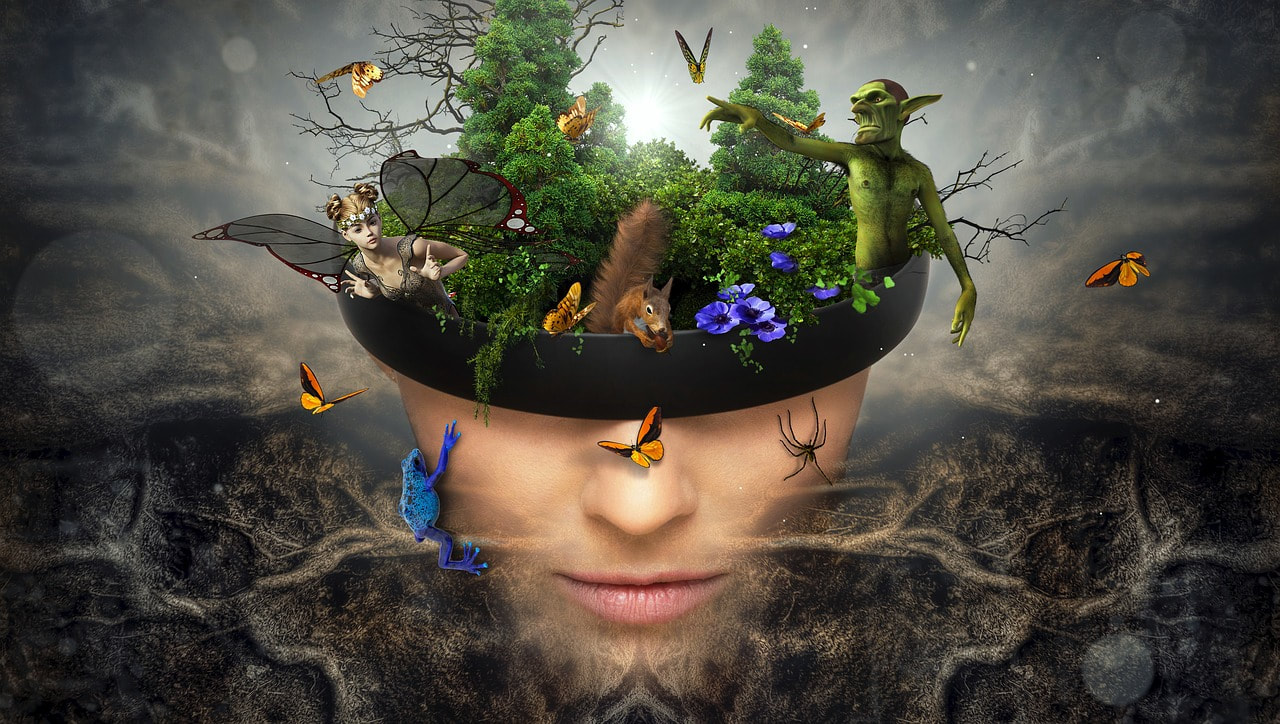
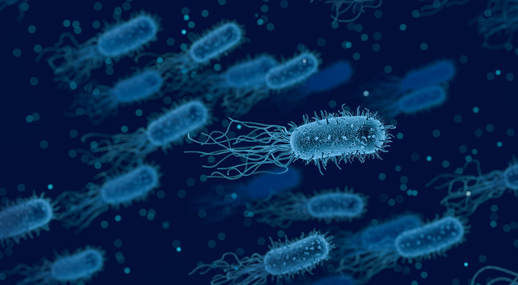
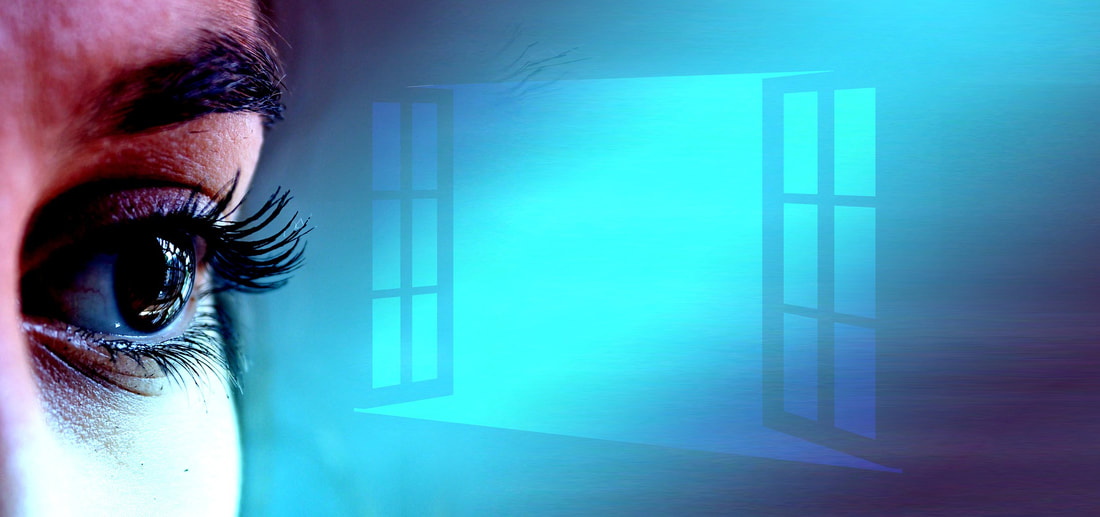
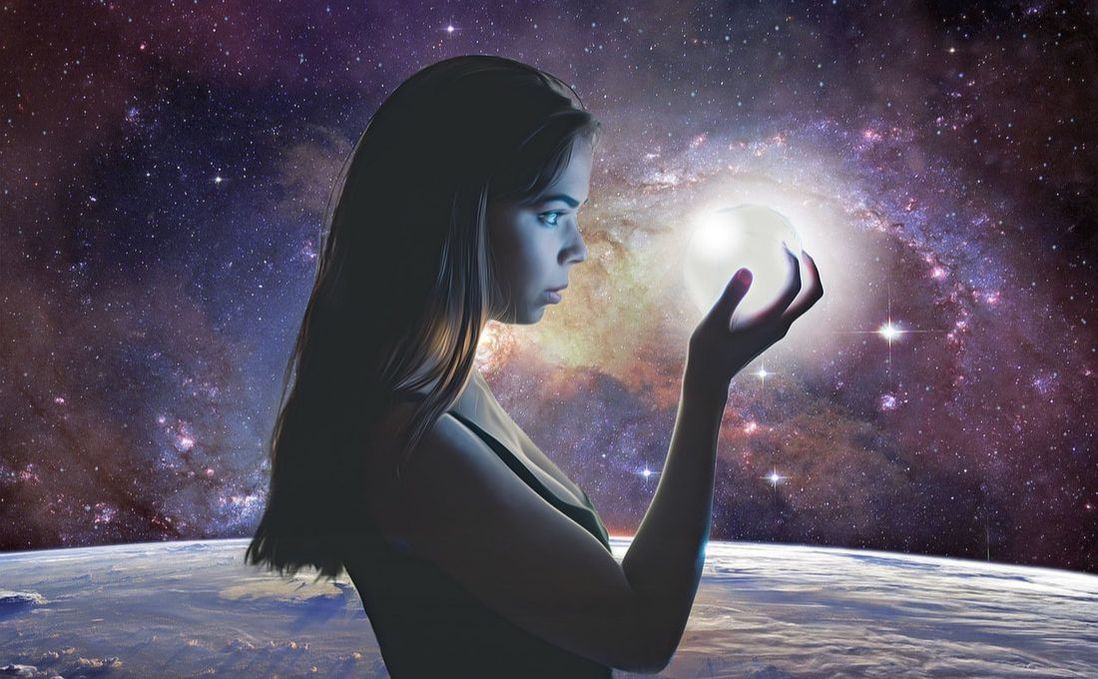

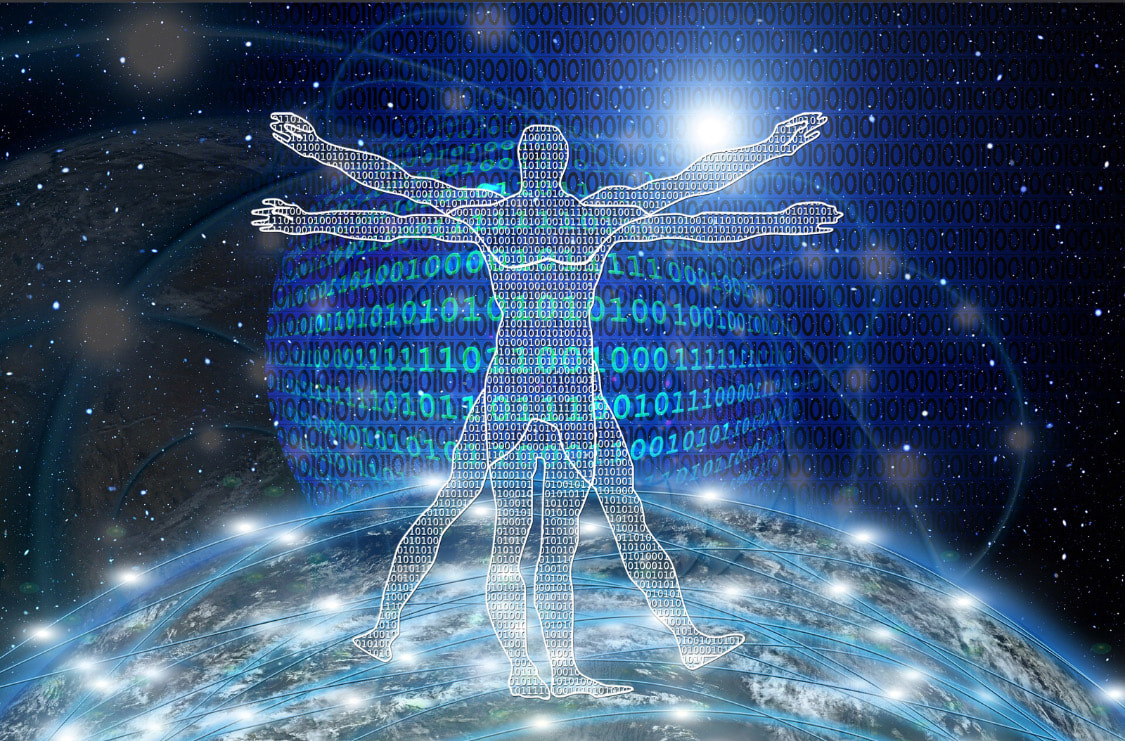

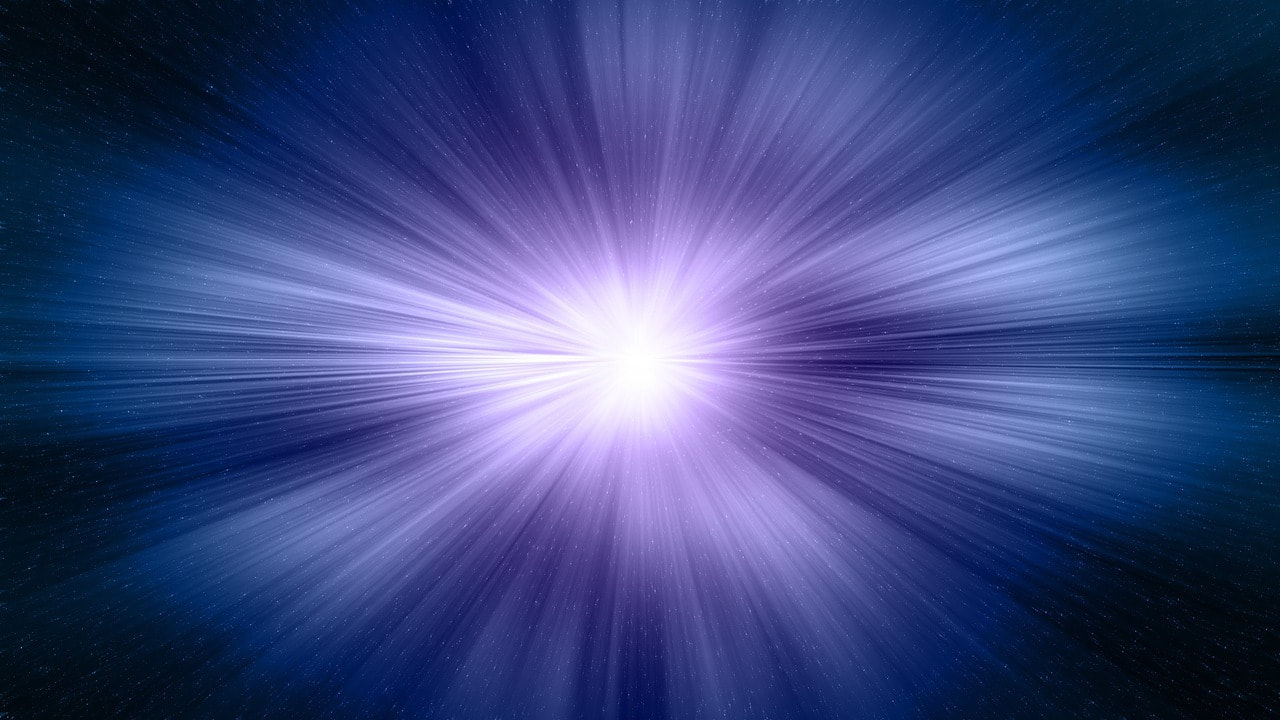

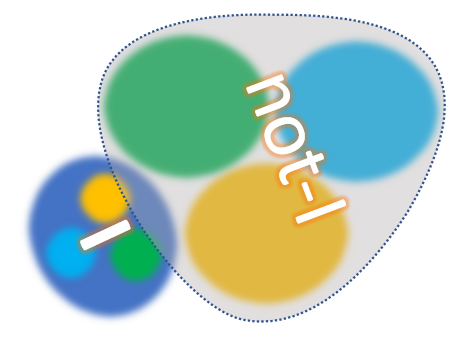
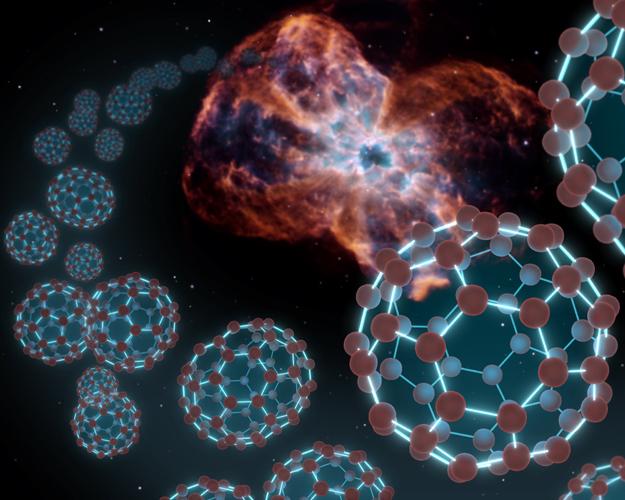



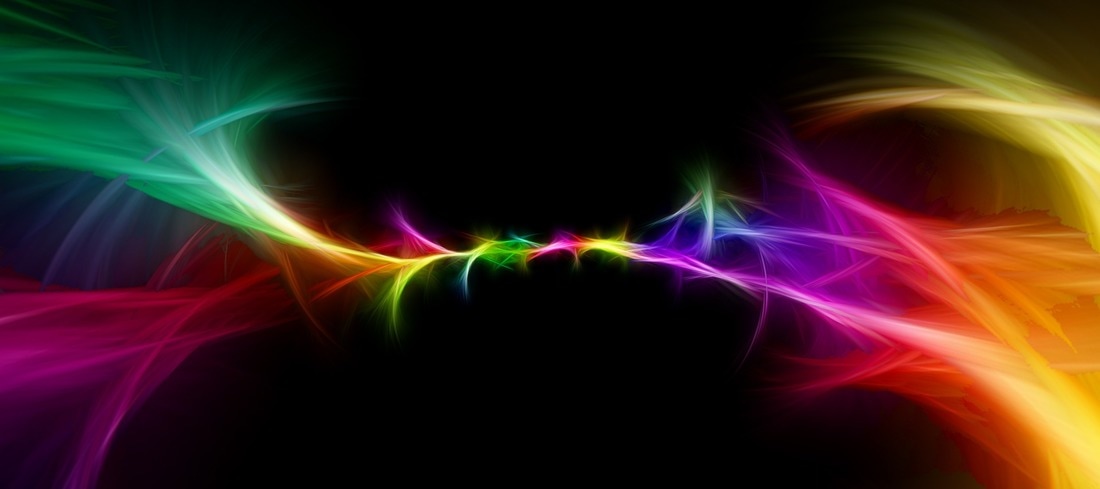
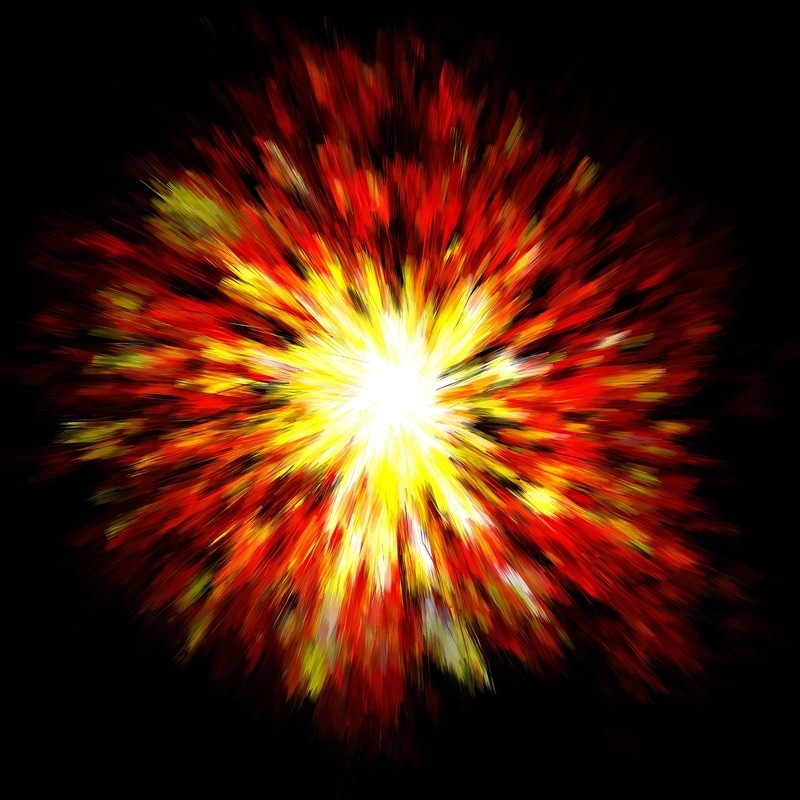

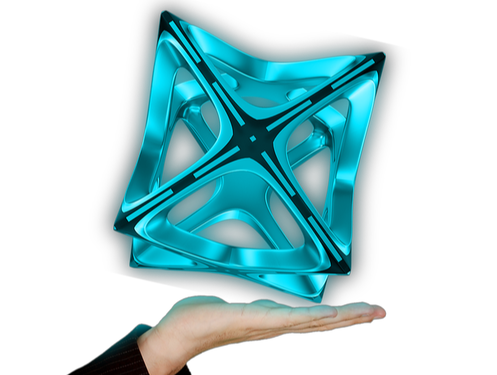
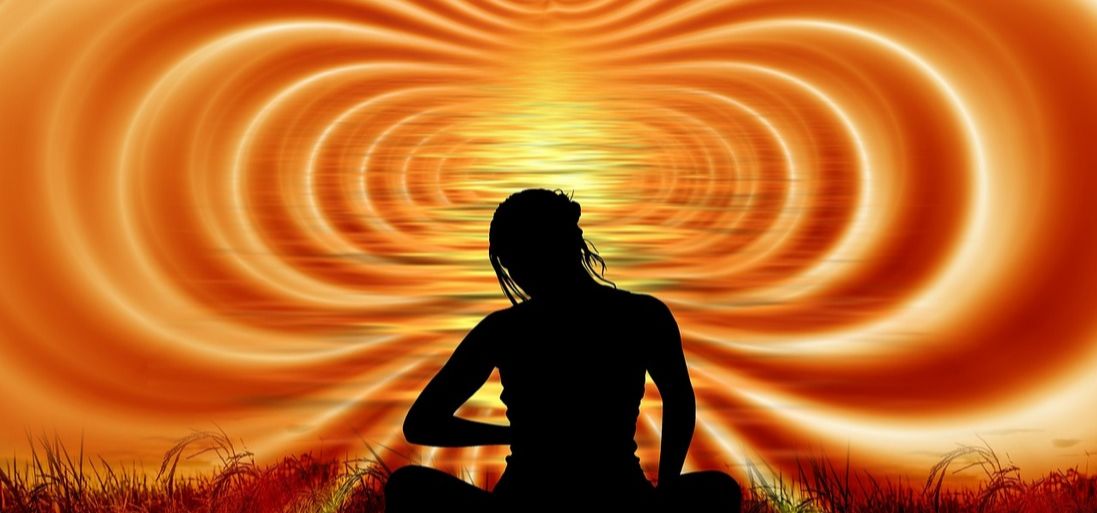
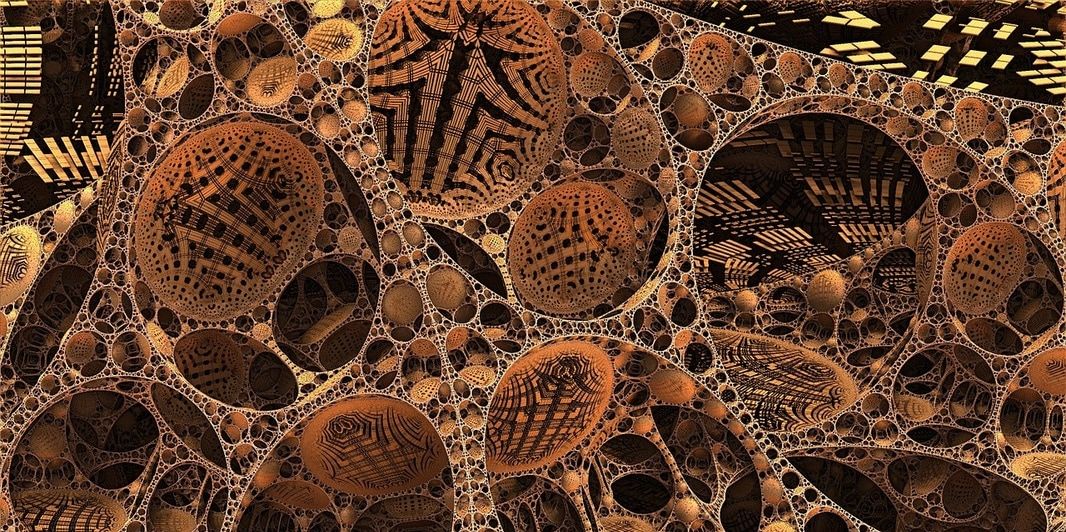
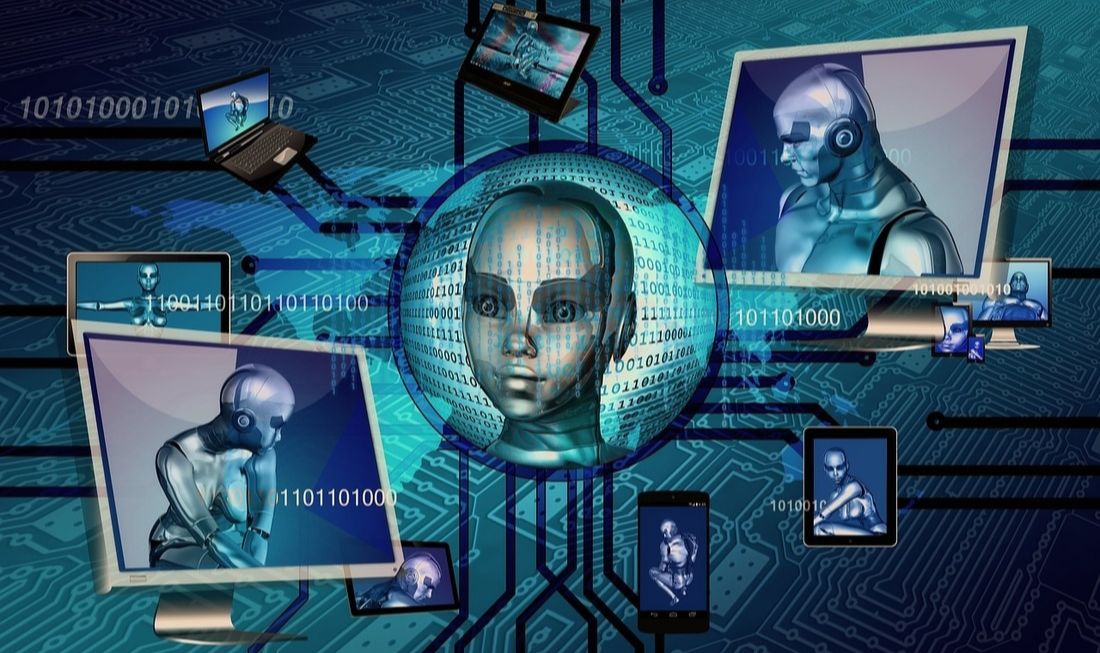
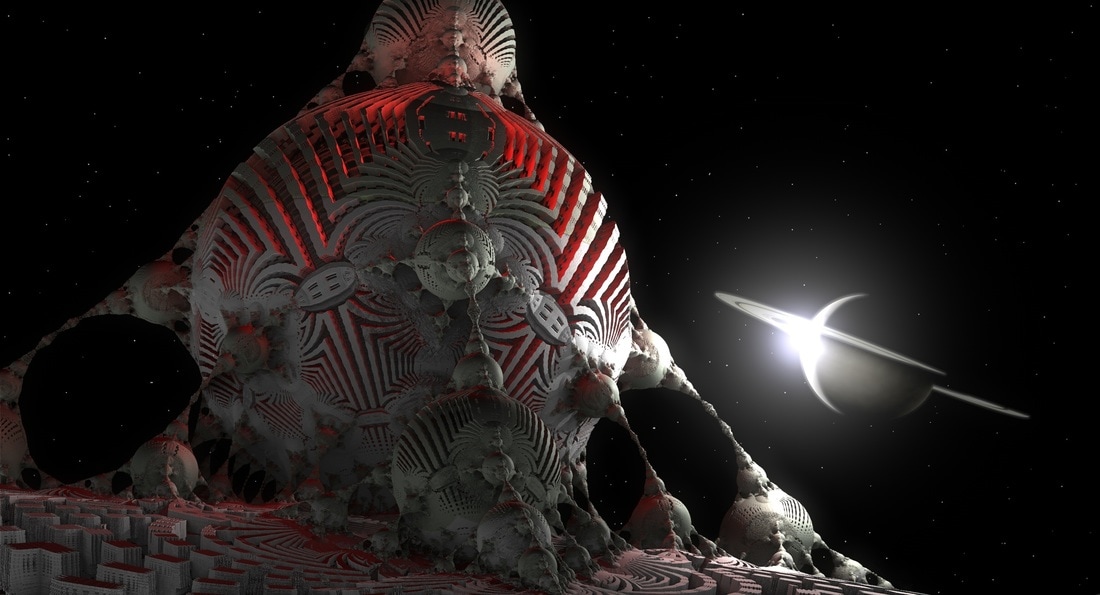
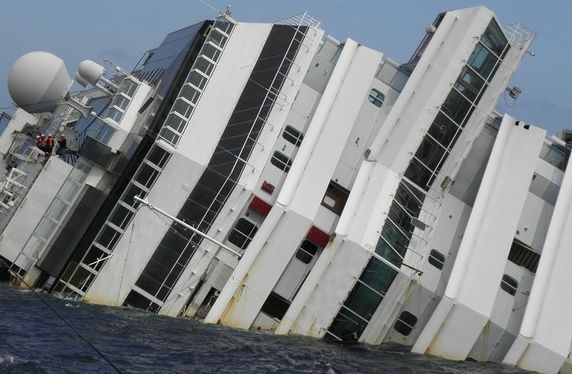




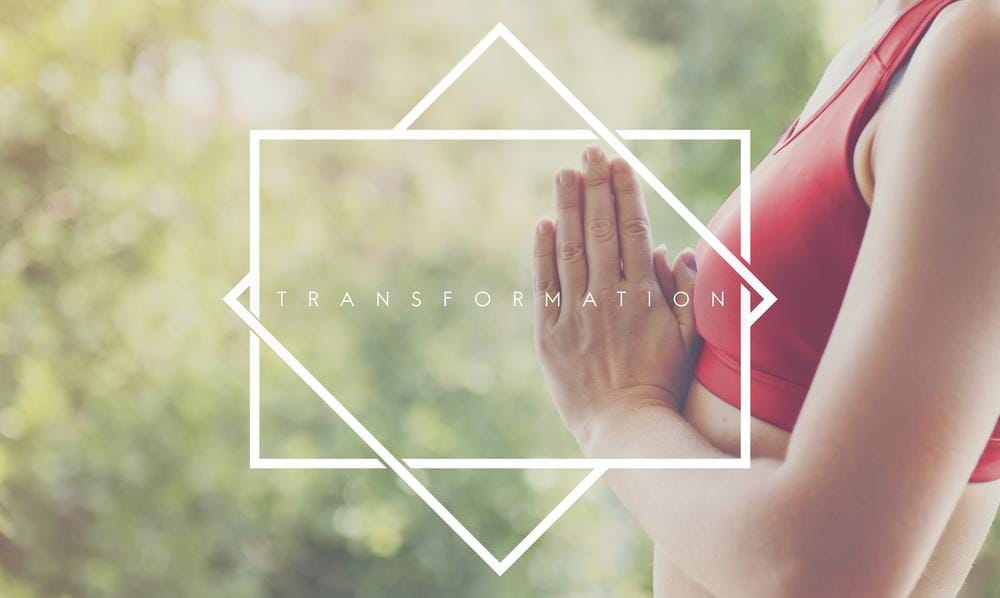
 RSS Feed
RSS Feed

